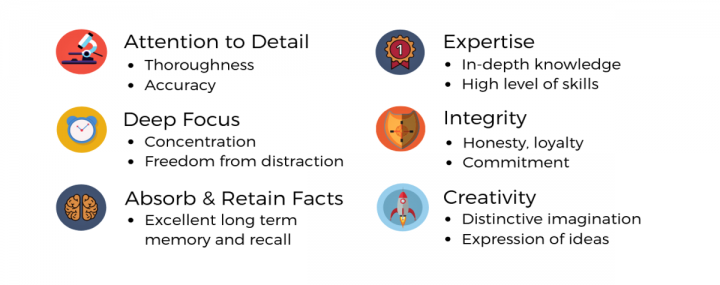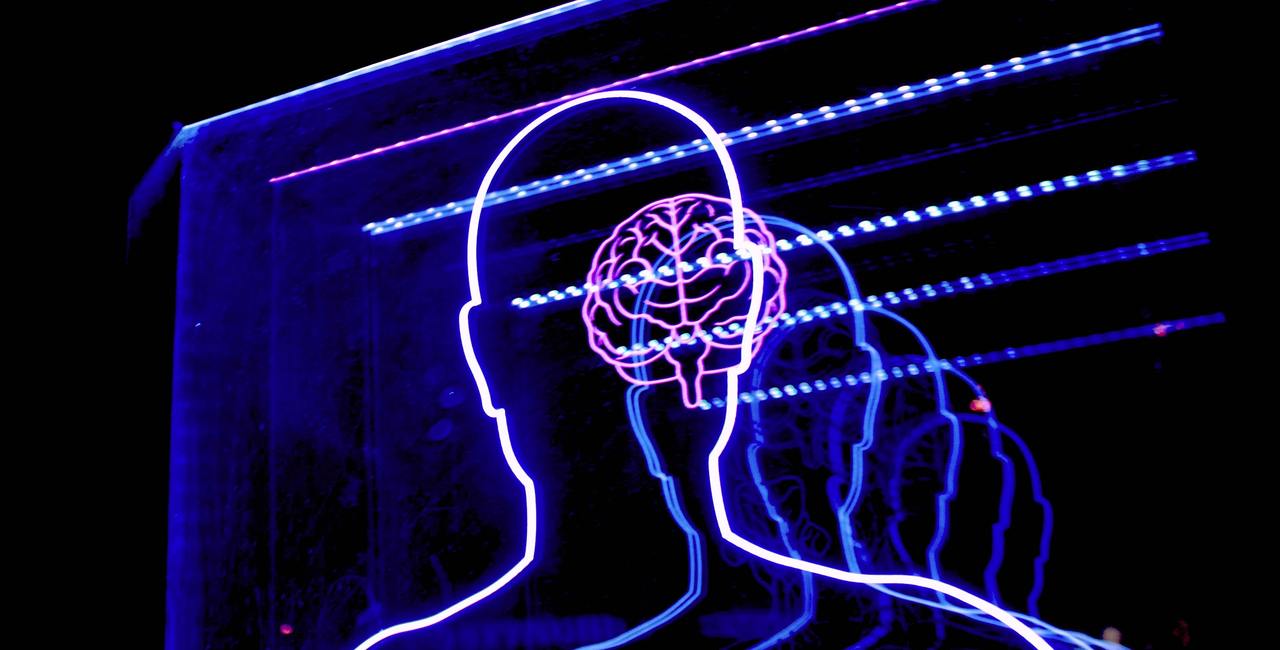Your colleague is constantly late for meetings. They failed to submit a written report again. That was pretty rude of them to say during a team briefing, wasn't it?
"How can they be so inadequate?" - you might think to yourself.
It is estimated that around 1 in 7 people have some form of condition linked to neurodiversity. However, finding and maintaining employment is extremely hard for neurodivergent (ND) individuals. For example, in the UK, just 16% of autistic adults are employed full-time, even though 77% of unemployed autistic adults want to work.
The countless talents of ND individuals often go unrecognised, while the more apparent challenges tend to prompt the unhelpful labels of 'inadequate' and 'difficult'.
So, how can you as leader be inclusive of neurodivergent team members, supporting them in their challenges and appreciating their talents?

The term neurodiversity refers to the neurological differences that are the result of normal variation in the human genome. Some forms of neurodivergence include: autism, dyslexia, dyspraxia, ADHD. Most of them are experienced along a 'spectrum', so the range of associated characteristics varies from person to person.
This challenges the previously prevailing notion of neurological diversity as pathological. Instead, the term encourages that we recognise, respect, and value neurological differences, as we do with gender, ethnicity, or sexual orientation.
People on the neurodiversity spectrum can become superb assets to your organisation. Some of their talents include: being exceptionally good at focusing, flawless attention to detail, boundless creativity and original ideas. Keeping that in mind, there are certain challenges with which they will need your support, such as misunderstanding social rules, sensory difficulties, and coming across as chaotic and indecisive.

To understand how you can make your organisation more inclusive of neurodiversity, let's employ the Y.O.U. leadership framework:
- Know Yourself
- Get To Know Others
- Understand the Dynamic Between the Two
Start by getting to know yourself. What motivates you? What are you good at? Importantly, what are your unconscious biases?
Unconscious biases lead to stereotyping, and that can really trip you up as a leader. There is a plethora of false stereotypes about ND individuals, such as that people with autism are wizards at all things technical, mathematical, and logical. In reality, there is a huge spectrum of interests and talents that people with autism possess, such as literary writing and creative arts, that have nothing to do with technical ability.
Now that you know yourself, get to know others. What motivates them? What are their skills? What do they need support with? Here is how you find out - listen. Adopt this mantra by Manar Matusiak, Managing Director of Living Autism:"Always Listen. Never Assume." Each individual and their needs are unique. So, abandon any assumptions of what you think they need and listen up.

Next step: marry the two. If someone is exhibiting behaviours that seem 'abnormal' to you, such as being late to meetings or failing to hand in written work, ask yourself:
Why is this bothering me?
Can there be a reason behind that person's behaviour?
How can I find out what the reason might be?
How can I work with this person to achieve our desired goals?
Might it be that they are constantly late to meetings because they are on the neurodiversity spectrum (for example, ADHD), and just need help getting organised? Might it be that they fail to hand in written work because they have a condition like dyslexia?
Time to approach them and offer support. If you have a suspicion that someone is neurodivergent, remember to never lead with something along the lines of "I think you have a disability." Instead, start with the behaviour. For example: "Hey, I noticed that you're late for meetings. Just wondering if there is something going on?"
More often than not, it will come from the person themselves. After you have engaged in a thoughtful and non-judgemental conversation, ask if there is anything with which you can help them. For example, people with ADHD might benefit from personal diaries. Remember your listening mantra, and determine what would work for them together.
We still have a long way to go with neurodiversity inclusion. However, as a leader you can make it your mission to always listen, never assume, and raise awareness about neurodiversity in your organisation. If we can be inclusive of individuals with hidden conditions, we can become better at being inclusive of individuals with more overt differences, too.
Adapted from a #LaidlawGlobalTalks session by Manar Matusiak, Managing Director of Living Autism.
Manar has over 20 years’ experience at director level in the specialist care and education sector, in particular in the field of autism. She helped to set up and develop the first transitional residential service in the country for young adults with autism and complex needs. Her background is in teaching and management and she is passionate about the development of individuals in the pursuit of the best possible quality of life. Through her training and coaching work she promotes the benefits of understanding and embracing neurodiversity.






Please sign in
If you are a registered user on Laidlaw Scholars Network, please sign in
Thoughtful article! Empathy is definitely the way to go.